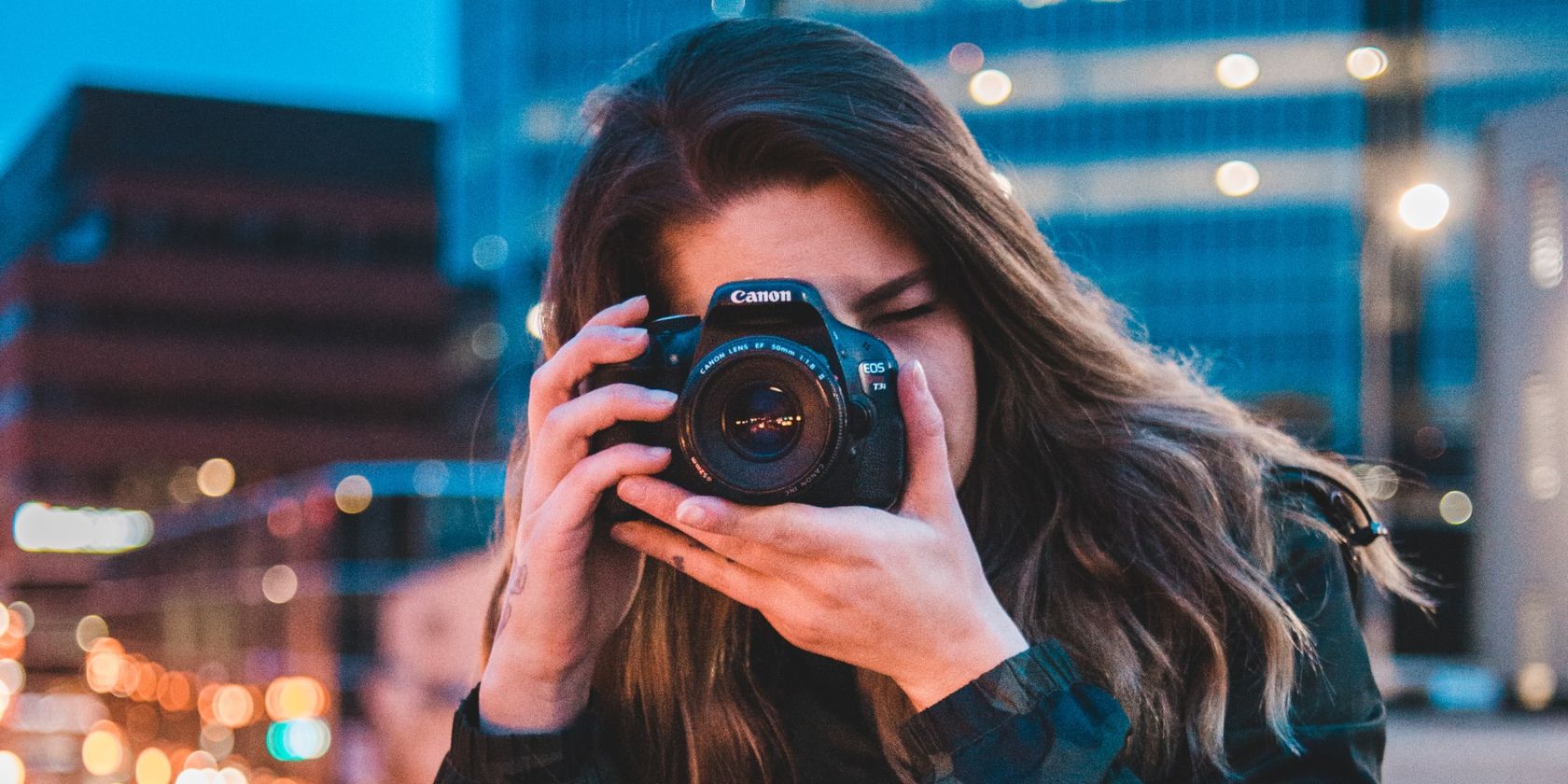There are so many parts to photography that it’s easy to confuse them. This is common when it comes to understanding the difference between a headshot and a portrait.
Each is used for a distinct reason and has its own process, from setup to lighting. Let’s break down what defines these types of photography and how they differ.
What Is a Portrait?
In general terms, a portrait involves snapping a picture of someone who’s aware that they’re being photographed, but the end result should look natural and emotive.
Portraits are typically artistic in style, reflecting the subject's character and invoking an emotional response from the viewer. They come in different forms, such as lifestyle, environmental, glamour, and self-portrait.
However, they share certain qualities:
- Lighting can be soft, strong, natural, or anything else that benefits the photographer’s vision.
- Posing is just as varied and can involve the subject’s body, not just their head.
- The location can be a studio or any place with appropriate lighting, so the background isn’t always just a black or white wall.
- Cropping, like everything else, depends on the composition, so a portrait’s focus isn’t always just the model’s face.
The elements above are at the heart of what makes portraits and headshots different. Keep exploring them alongside ways to improve your portrait photography.
What’s the Difference Between a Headshot and a Portrait?
A headshot is a kind of portrait with a narrower set of rules. For starters, it’s mainly used for professional reasons, like enhancing a resume, online profile, or promo.
Looking at a headshot’s qualities, here’s how they differ from a portrait:
- The lighting is soft and broad to capture the subject’s whole face, but edge lighting is also common for some flair.
- Good posing is essential to give the head and shoulders the best possible structure as they face forward or at a slight angle.
- The ideal location is either a studio or somewhere with a simple background that complements the subject without overpowering it.
- Everything around the head is cropped out, depending on the photo’s desired dimensions.
Whether the headshot is for a modeling job or a marketing campaign, the setup is more precise. In some ways, it’s simpler to shoot than a portrait—but taking good headshot photographs has its tricks and pitfalls.
Learn to Tackle the Differences Between Portraits and Headshots
Now that you see what sets these types of photos apart, get ready to handle them both. Alternatively, specialize in portraits or headshots. Either way, develop your skills and show your clients that you know what you’re doing.
Knowing what the difference is between a headshot and a portrait doesn’t just boost your confidence. It also helps you design the perfect studio for your photographic needs—its equipment, lighting, layout, and more.

